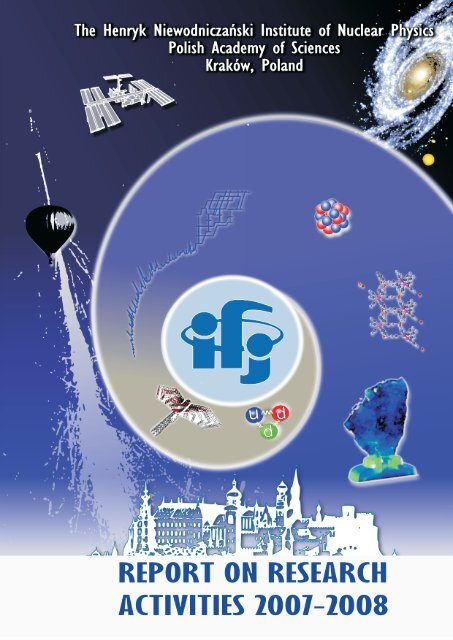
Christiaan Huygens (1629–1695) was a crucial character in the scientific revolution of the seventeenth century, although his achievements have frequently been overshadowed by peers such as Newton and Galileo. Regardless, his endeavors in astronomy, mathematics, and optics were innovative and profoundly impactful.
Huygens was born into a noble family and received a thorough education under the tutelage of his father. Sir Constantijn Huygens, his parent, was a diplomat and artist who ensured Christiaan enjoyed a well-rounded education, nurturing interests in both the arts and the sciences.
He pursued his studies at Leiden University, focusing on mathematics and law, where he was mentored by distinguished scholars like Frans van Schooten Jr. This educational grounding steered Huygens toward mathematical and scientific inquiries rather than a career in diplomacy.
One of Huygens’ major contributions was in the field of optics. He created advanced telescopes and lenses that propelled astronomical study forward. His work on optics, “Traité de la Lumière” (Treatise on Light), presented his wave theory of light—a groundbreaking idea that opposed Newton’s particle theory. This publication encompassed the utilization of his wave theory to elucidate occurrences such as refraction and reflection.
Additionally, Huygens’ advancements in telescopes included tackling aberration issues by designing lenses with extended focal lengths and inventing the Huygens-Eyepiece, an innovative multi-lens eyepiece configuration.
Although Huygens’ wave theory initially fell out of favor to Newton’s corpuscular theory, it experienced a revival in the 19th century through researchers like Thomas Young and Augustin-Jean Fresnel, who built upon his concepts to enhance the comprehension of light and optics.
In spite of the limited acknowledgment during his lifetime, Huygens’ scientific contributions were vital to the evolution of physics and optics, and he continues to be an essential figure in the narrative of science.